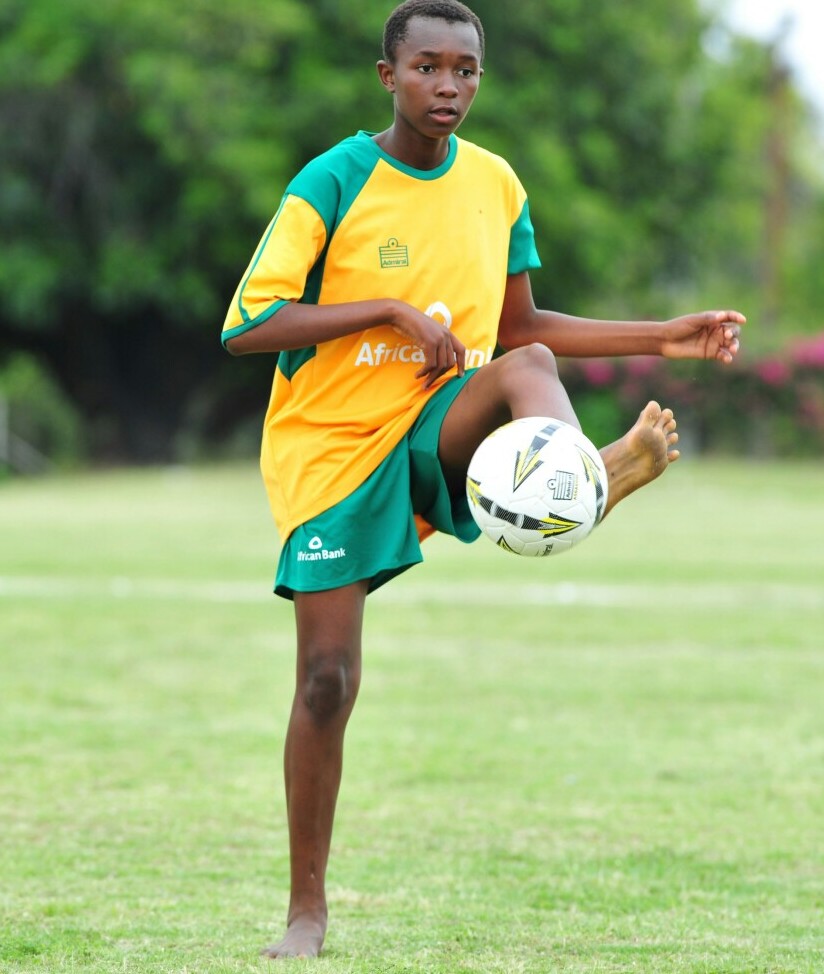
Getting the basics right is crucial when you’re aiming to perfect your soccer kick. It all starts with understanding the mechanics. Imagine your leg as a golf club; your foot is the head striking the ball. Proper alignment and swing are essential to a powerful kick. Spending time examining how your leg moves through space and how your body position influences that can make a world of difference.
Stretching and warming up are not just for show. They prepare your muscles and increase flexibility, which is something not everyone thinks about. Pay special attention to your lower body — hamstrings, calves, and ankles deserve some love. A routine warm-up could help reduce the risk of injury and allow you to perform at your best.
Positioning is another cornerstone of a solid kick. Standing too far or too close to the ball when you wind up can make or break your attempt. You want a stance that’s balanced, not too wide, not too narrow, giving you the stability to channel strength through the kick. Hold your ground before you strike and feel how solid positioning amplifies your power.
Foot-eye coordination is often overlooked but is essential for hitting the ball just right. Like how a basketball player keeps their eyes on the hoop while shooting, looking at the ball during a kick gives you control over where it goes. Spend time practicing so you can sharpen this skill. You’ll notice how you’re not just kicking wildly but strategically placing the ball where you want it.
Techniques and Variations: Exploring Different Soccer Kicks
Getting acquainted with different kicking techniques can really up your game. Power and precision are your best buddies on the field, and knowing when to use each is crucial. When you’re striking from a distance, going for power might mean the difference between a goal and a save. But remember, precision helps when you’re aiming for the corners or trying to get past tight defenses.
The instep drive is what you see when players boot the ball hard and straight. You hit with the laces of your boot, and it’s all about generating power. Practicing where exactly to make contact with the ball is key here. It’s a great technique for shots where you need speed and distance.
Perfecting the curve might take more practice, but bending the ball can make you a nightmare for goalkeepers. Use the side of your foot — it’s like slicing through the air — to apply spin. Seeing the ball curve into the net or around defenders gives you a real edge in tricky situations.
The chip shot is useful when you find yourself face to face with a goalkeeper who’s off their line. A quick scoop of the ball sends it over their head, landing in the back of the net with finesse. You’ll need to master the timing and touch for this, ensuring you can execute it swiftly under pressure.
Common Mistakes: What to Avoid When Kicking a Soccer Ball
In every game, avoiding common mistakes can be your secret weapon. Misalignment during a kick can lead to a wild, ineffective strike. Keep your body positioned correctly, aligned with your target, to ensure your energy is directed accurately.
Over-swinging might make you think the ball will go further, but it can cause loss of control. Focus on the balance between force and stability. It’s better to have a controlled, targeted shot than a wild swing ending up who knows where.
People often overlook the follow-through of the kick. Stopping short can make all your efforts for naught. Your body should naturally continue the motion after hitting the ball. This not only adds power but also lets you keep up with the flow of the game.
There’s a mental aspect to every kick, too. Losing focus or not having a strategy for your shots can be a setback. Visualizing your goals and staying calm under pressure make a significant difference. Remember, kicking is as much about mental precision as it is about physical technique.
Practice Makes Perfect: Drills and Exercises to Enhance Your Kick
No secret here: practice is key if you want to see improvement in your soccer kick. Solo drills are great for working on power and accuracy at your own pace. Try target shooting by aiming for specific spots on a wall or set up cones as mini-goals. These exercises hone your precision while letting you experiment with power.
Working with a partner adds an extra layer of realism to your practice sessions. Passing the ball back and forth while incorporating different kicking techniques simulates actual gameplay. It’s like a mini-game that helps you adapt to various situations on the field.
Consistency is your best friend. Establish a regular schedule that fits your life to make sure you’re practicing enough to see progress without burning out. Practicing a little every day beats overworking yourself once in a while.
Tracking your progress adds motivation. Keep notes on what works and what doesn’t, and make adjustments to your routine. Set short-term goals, like improving the curve on your kick or increasing the accuracy, and slowly build toward big achievements. This structured approach ensures you’re always moving forward.
